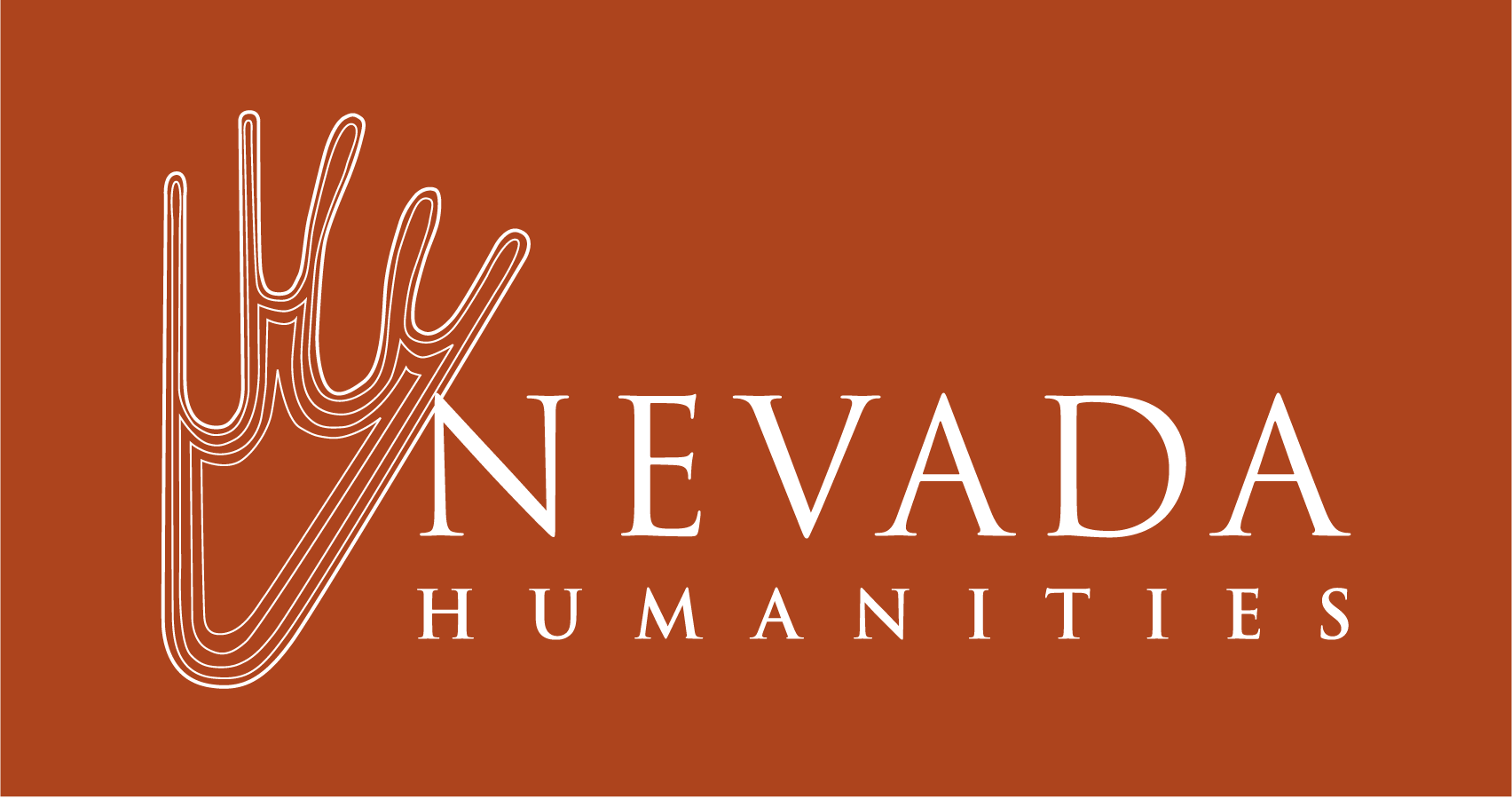York Fire Reflections
This blog post is generously provided in kind by Alina Lindquist. The Double Down blog is also supported by Nevada Humanities’ donors.
By Alina Lindquist
The work displayed in Avi Kwa Ame: Between Presence and Protection celebrates the beautiful natural environment of Avi Kwa Ame National Monument. One prominent feature of this landscape is the Joshua tree, which serves as an indicator species of the Mojave Desert and is one of my favorite plants in this region.
Artwork by Alina Lindquist, Remembering What Was, gouache on paper.
In the Wee Thump area of the monument, you can find dense and abundant growth of these yuccas. Just a few miles outside the wilderness area lies the perimeter of the 2023 York Fire, which impacted the western edge of Avi Kwa Ame. Two of the artworks in the show — Remembering What Was and Portrait of a Joshua Tree: After the York Fire — feature Joshua trees impacted by that fire.
This fire entered the western side of the monument and destroyed the Joshua trees and the habitats they lived in, burning a total of 93,078 acres through the Mojave National Preserve.
Artwork by Alina Lindquist, Portrait of a Joshua Tree: After the York Fire, graphite on paper.
Unlike some other plants, Joshua trees are not well-adapted to withstand high temperatures during fires. This vulnerability, combined with persistent drought and the presence of invasive plant species such as red brome and cheatgrass, can make wildfires more detrimental than they have been in the past.
Walking among the charred, black-and-white remains of the Joshua trees evokes a sense of eerie fascination within me. The black branches of the forms that remain are frozen in time, devoid of life. These yuccas aren't making their way back from the dead. The fire site led me to reflect on how close it is to the Wee Thump area within the monument, which is home to old-growth Joshua Trees that are a sight to behold. The skeletal remains of these yuccas from the York Fire remind us of just how precious and fragile the desert is. In an era of climate change, prolonged drought, and an uncertain future for public lands, their protections are being put up for grabs. The desert requires even more of our love, advocacy, and action to keep this beautiful environment protected.
Alina Lindquist is a contemporary artist based in Las Vegas who is known for her landscape paintings of the Mojave Desert. She earned her bachelor’s degree in anthropology, art history, and art from the University of Nevada, Las Vegas (UNLV), in 2020 and will begin work on her MFA at UNLV in the fall of 2025. Lindquist held artist residencies at The Mystery Ranch (Avi Kwa Ame National Monument), Great Basin National Park, and Valles Caldera National Preserve. Lindquist’s work originates in plein-air painting, with direct experience of the land that is expanded upon back in the studio. Lindquist often exaggerates the features of the landscape to emphasize its particular characteristics. Her recent work explores the role of public lands — such as Avi Kwa Ame National Monument — highlighting the significance of conservation efforts through visual storytelling. www.alinalindquist.com @alina.lindquist



